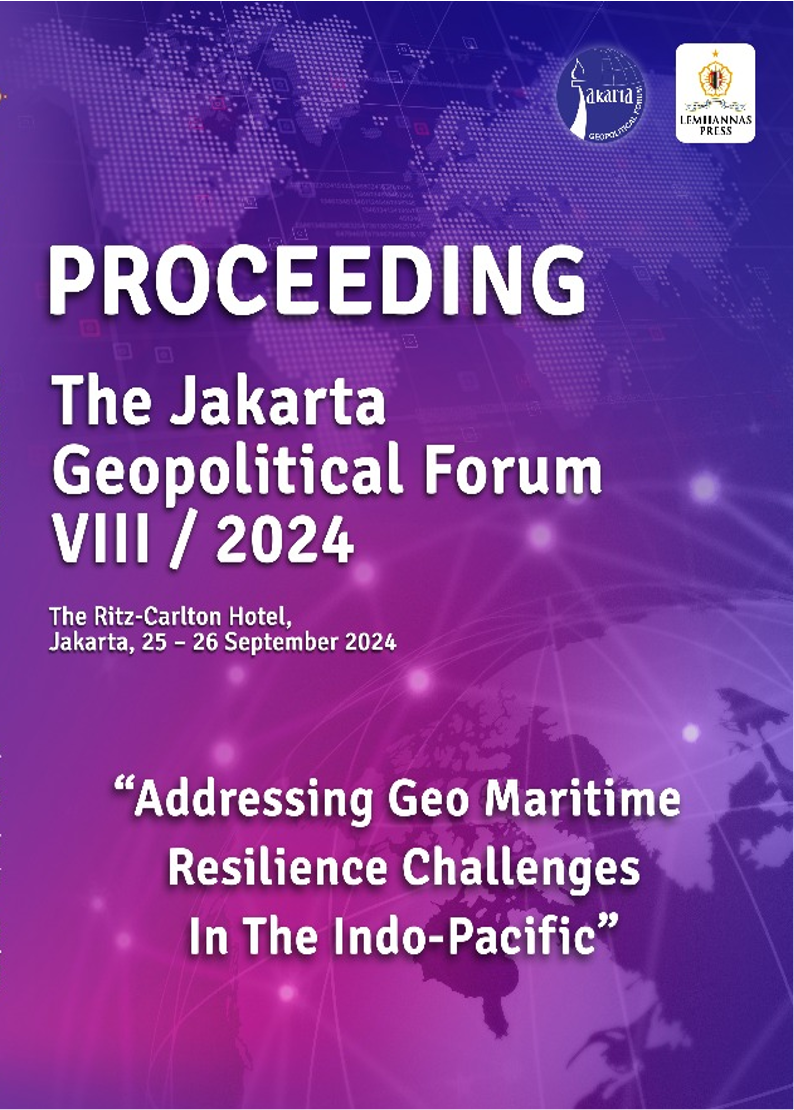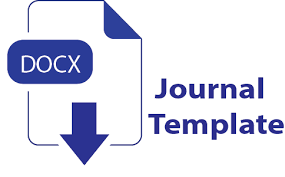POTENTIAL HUMANITARIAN CONSEQUENCESOF NEW WARFARE TECHNOLOGIES AT SEA
DOI:
https://doi.org/10.55960/jgf.v8i1.260Keywords:
armed conflict, humanitarian risk, international humanitarian law, maritime conflict, supply chain disruptionAbstract
The International Committee of the Red Cross (ICRC), as a neutral and independent humanitarian organisation, underscores the vital function of maritime transport in sustaining the global distribution of goods and essential supplies. Armed conflict that disrupts maritime supply chains increases humanitarian risks, particularly for civilian populations and critical infrastructure across the Indo-Pacific region. This study applies a qualitative content analysis using international legal instruments, institutional reports, and peer-reviewed publications from the past decade. The analysis centres on International Humanitarian Law (IHL) as the core legal framework for mitigating the effects of armed conflict by protecting civilians and regulating the conduct of hostilities. The findings demonstrate that IHL retains its significance despite the evolving complexity of modern conflict and growing dependence on maritime systems. Ensuring its effective implementation requires broad-based understanding and universal commitment to uphold humanitarian norms amidst contemporary security threats.
Downloads
References
1. Mita M. Potential Humanitarian Consequences of New Warfare Technologies at Sea. Jakarta Geopolitical Forum VIII/2024. 2024.
2. Mita M. IHL at Sea in The 21st Century: Protecting Civilian Population and Infrastructure. 2024.
3. Studer M. The ICRC and Civil-Military Relations in Armed Conflict. Rev Int la Croix-Rouge/International Rev Red Cross. 2010/04/19. 2001;83(842):367–92.
4. Bothe M, Partsch KJ, Solf WA. New Rules for Victims of Armed Conflicts: Commentary on the Two 1977 Protocols Additional to the Geneva Convention of 1949. Vol. 1. Martinus Nijhoff Publishers; 2024. 824 p.
5. Oniszczuk-Jastrząbek A, Czermański E, Dębicka O, Czuba T. Globalization Process in The Maritime Transport - Causes, Symptoms and Effects. Ann Univ Apulensis. 2019;21(1):65–74.
6. Kramer K. Challenges of Humanitarian Assistance in a Maritime Battlespace. Interaction: A United Voice For Global Change. 2024. p. 1.
7. Ortuoste M. Cascading Risks in a Social-Ecological System: The South China Sea Disputes. Third World Q. 2024 Sep;45(14):2088–107.
8. Sechser TS, Narang N, Talmadge C. Emerging Technologies and Strategic Stability in Peacetime, Crisis, and War. J Strateg Stud. 2019 Sep;42(6):727–35.
9. Lehto M. Cyber-attacks against critical infrastructure. In: Cyber security: Critical infrastructure protection. Springer; 2022. p. 3–42.
10. O’Connor C, Weatherall JO. The Misinformation Age: How False Beliefs Spread. Hardcover. Yale University Press; 2019. 279 p.
11. Klare MT. Autonomous Weapons Systems and the Laws of War. Arms Control Today. 2019;49(2):6–12.
12. Krippendorff K. Content Analysis: An Introduction to Its Methodology [Internet]. SAGE Publications; 2018. 472 p. Available from: https://books.google.co.id/books?id=nE1aDwAAQBAJ
Downloads
Published
Conference Proceedings Volume
Section
License
Copyright (c) 2024 Author's

This work is licensed under a Creative Commons Attribution-ShareAlike 4.0 International License.








